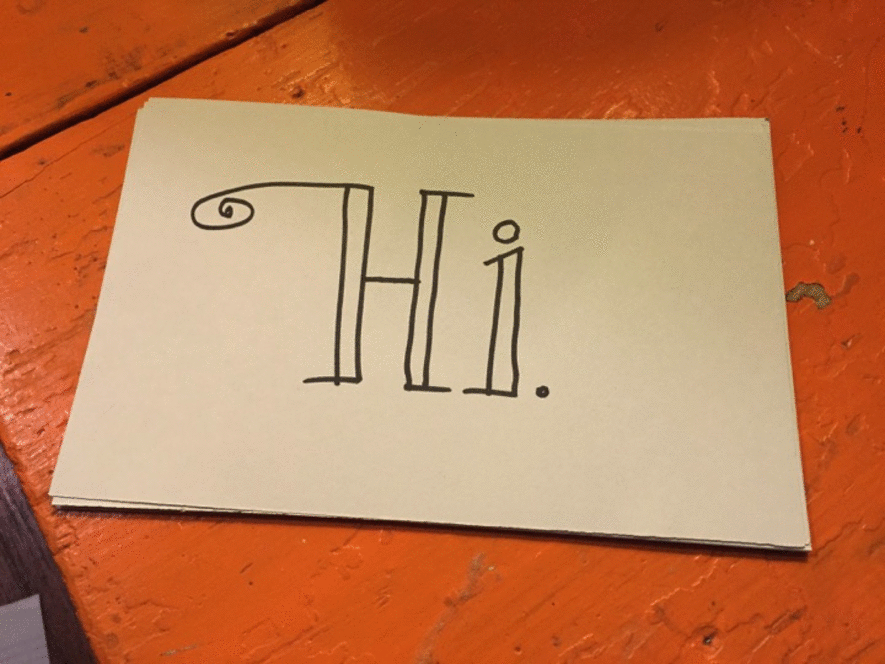Generally speaking, art students don’t consider themselves writers. In fact, many will tell you art school was a deliberate choice to avoid writing (and math). So it can come as a quite a shock when they learn writing is a non-optional part of their communications skillset. Recently I visited the Pacific Northwest College of Art (PNCA) to sympathize and offer some relief (or at least hope) to visually-oriented graduates learning to embrace creative briefs as a part of their craft.

Here’s a synopsis of my talk:
Instead of thinking of the brief as a series of requirements and disparate data points (demographics, trends, purchase patterns), think of the brief as the beginnings of a story. There is a situation (current state or picture of the world as it is now), a complication (the introduction of something new—or an upset of the status quo) and a resolution (the desired future state or goal). Placing the fundamental elements of the brief into this arc helps highlight what’s missing and places them in a more human context. (Being an XPLANEr, I was able to offer some simple visual thinking methodologies to help accomplish both of these).
When complete, the combination of disparate pieces into a unified whole resembles a journey—one that, if done thoughtfully, becomes an easily told story and might just help you discover potential solutions along the way.
